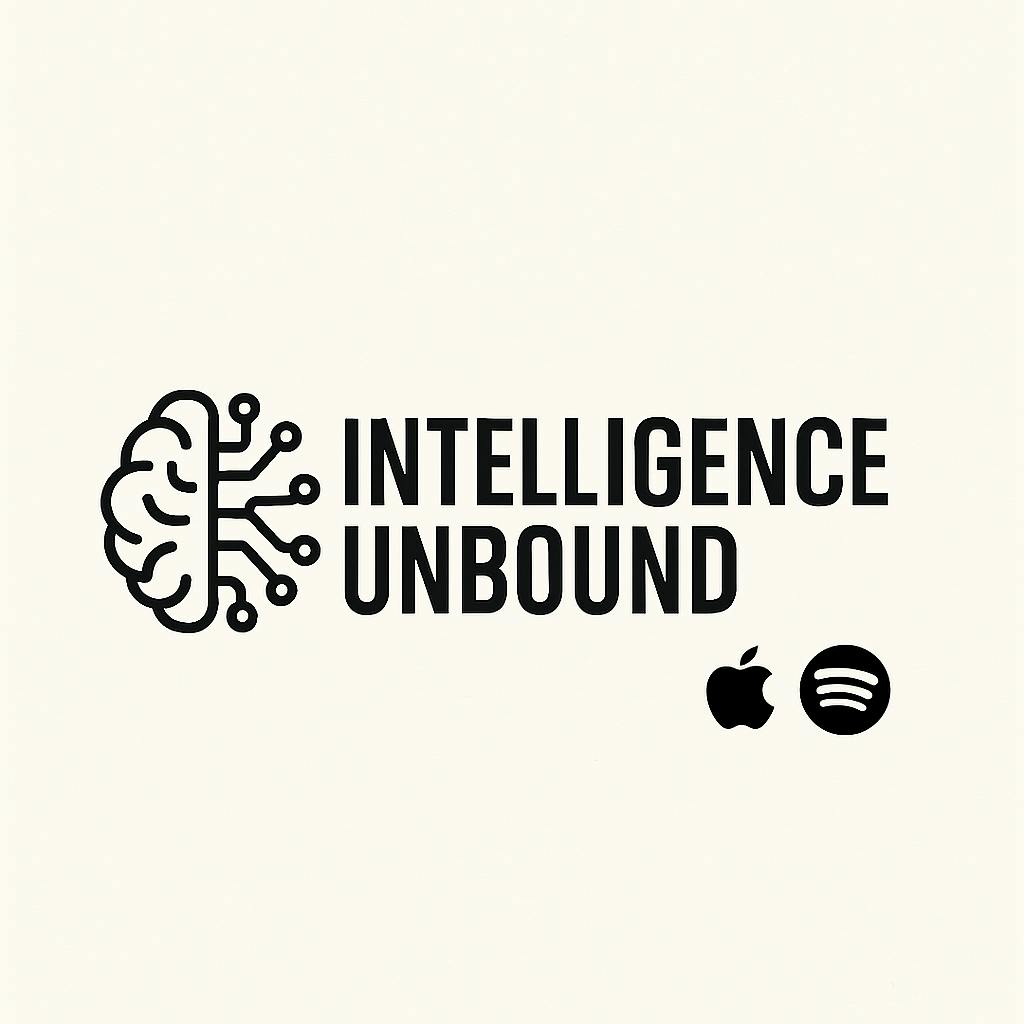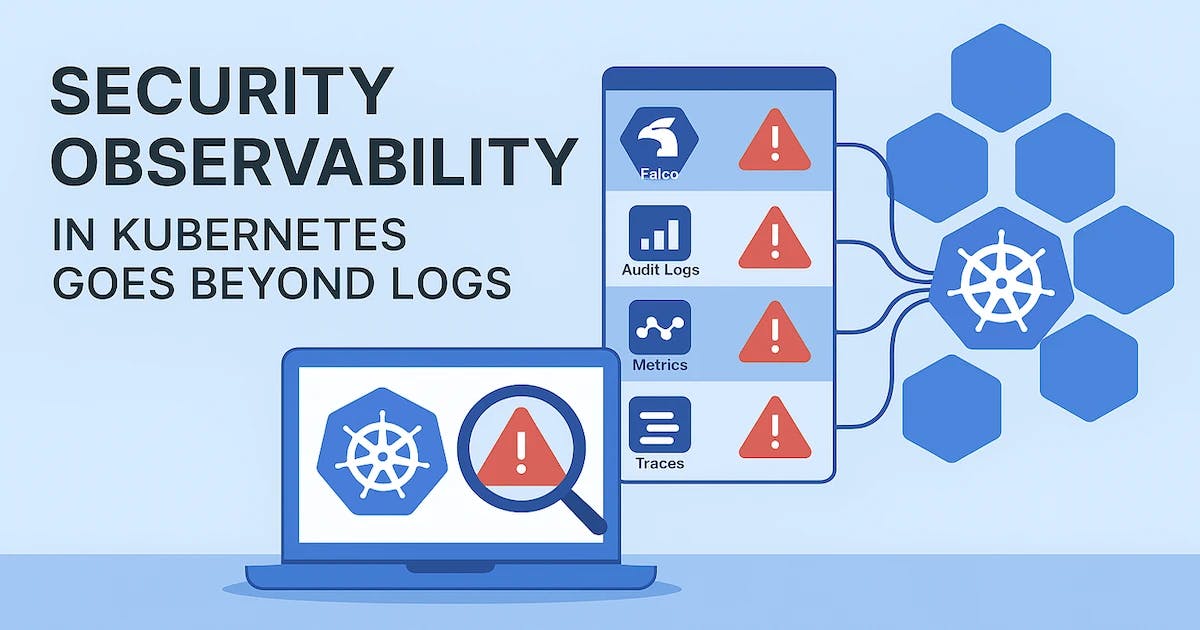Current Large Language Models (LLMs) possess vast knowledge, but their learning process has a fundamental flaw. Imagine a person with anterograde amnesia—they can recall the distant past but are unable to form new long-term memories. In a similar way, an LLM’s knowledge is static, confined to the information it learned during pre-training. When it comes to self-improvement, the human brain is the gold standard, adapting through neuroplasticity, the remarkable capacity to change its structure in response to new experiences.
This limitation in AI leads to a critical problem known as “catastrophic forgetting.” When a model is continually updated with new data, the process of learning new information often forces it to overwrite and forget old, established knowledge. It’s a frustrating trade-off: gain a new skill, lose an old one.
To solve this, Google Research has introduced “Nested Learning,” a new, brain-inspired paradigm that fundamentally rethinks how AI models are built. This post breaks down the three most surprising and impactful ideas from this research, explaining how they could give AI the ability to learn continually, just like we do.
1. A Model’s Blueprint and Its Learning Process Aren’t Separate; They’re One.
In traditional AI development, a model’s architecture (the structure of its neural network) and its optimization algorithm (the rules it follows to learn) are treated as two separate problems. Researchers design the network first, then figure out the best way to train it.
Nested Learning flips this convention on its head. It proposes that the architecture and the training rules are fundamentally the same concept, differing only in their speed. The paradigm views a single AI model not as one monolithic entity, but as a system of components, each processing its own stream of information (its “context flow”) at a specific “update frequency rate.” An architectural component, like an attention layer, processes the flow of input tokens, while an optimizer processes the flow of error signals. Both are just learning to compress their respective context flows.
This is a revolutionary idea because it unifies two previously distinct fields of study. By treating the model and its learning process as a single, coherent system of nested optimization problems, Nested Learning reveals a “new, previously invisible dimension for designing more capable AI.”
2. Even Basic AI Components Are Constantly Learning.
One of the most mind-bending insights from Nested Learning is that common, foundational tools in machine learning are already functioning as simple learning systems. The research shows that components like optimizers (e.g., SGD with Momentum or Adam) and even the core process of backpropagation can be reframed as “associative memory” systems.
Associative memory is the ability to map and recall one thing based on another, like remembering a person’s name when you see their face. This re-framing works because an optimizer’s core job is to compress its context flow—the history of all past error gradients – into its internal state.
According to the research, backpropagation is a process where the model learns to map a given data point to its “Local Surprise Signal”: a measure of how unexpected that information was. This isn’t just an abstract concept; the paper clarifies that this “surprise” is the concrete mathematical error signal, the gradient of the loss (∇yt+1 L(Wt;xt+1)). Optimizers with momentum are essentially building a compressed memory of these surprise signals over time.
This re-framing isn’t just a theoretical exercise; it has practical implications for building better models. The researchers highlight this key finding in their paper:
Based on NL, we show that well-known gradient-based optimizers (e.g., Adam, SGD with Momentum, etc.) are in fact associative memory modules that aim to compress the gradients with gradient descent.
3. AI Memory Isn’t a Switch; It’s a Spectrum.
A standard Transformer model treats memory in two distinct buckets. The attention mechanism acts as a short-term memory for immediate context, while the feedforward networks store long-term, pre-trained knowledge. Once training is complete, that long-term memory is frozen.
Nested Learning proposes a more fluid and powerful alternative called a “Continuum Memory System” (CMS). Instead of just two types of memory, a CMS is a spectrum of memory modules, each managing a different context flow and updating at a different frequency. This is analogous to how the human brain consolidates memories over different time scales, from fleeting thoughts to deeply ingrained knowledge.
This isn’t just a new invention; it’s a deeper understanding of what already works. The paper’s most profound insight is that “well-known architectures such as Transformers are in fact linear layers with different frequency updates.” The CMS is a generalization of a principle that was hiding in plain sight.
This more sophisticated memory system is a core component of the proof-of-concept “Hope” architecture. Described as a “self-modifying recurrent architecture” and a variant of the “Titans architecture,” Hope demonstrated superior performance on tasks requiring long-context reasoning.
Conclusion: A Glimpse of Self-Improving AI
Nested Learning provides a new and robust foundation for building AI that can learn without forgetting. By treating a model’s architecture and its optimization rules as a single, coherent system of nested optimization problems, each compressing a context flow, we can design more expressive and efficient AI.
The success of the Hope architecture serves as a powerful proof-of-concept. As a “self-modifying” and “self-referential” architecture, it demonstrates that these principles can lead to models that are not only more capable but also more dynamic. This represents a significant step toward creating truly self-improving AI systems.
By closing the gap between artificial models and the human brain’s ability to learn continually, what is the next great capability we will unlock in AI?
Podcast:
- Apple: HERE
- Spotify: HERE











